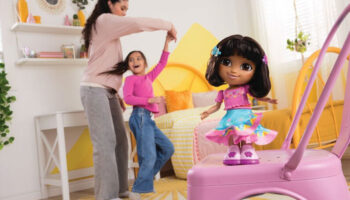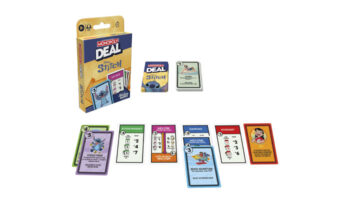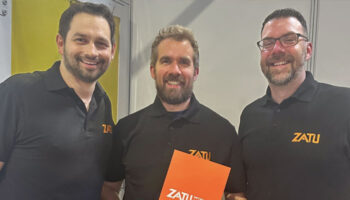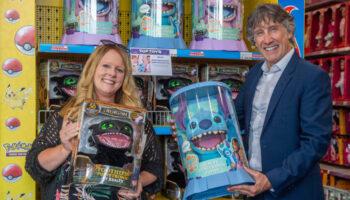2 in 5 parents would keep a toy even if they suspected it was counterfeit, reveals Toy Association study

A study of 1000 US parents has found that 83% of parents say their kids receive toys from grandparents and other gift-givers which they suspect are not purchased from verified sellers, including 48 percent who say it happens “frequently”.
The study, conducted by Wakefield Research for The Toy Association, also found that 2 in 5 parents (45%) say they would keep a toy even if they suspected it was counterfeit and potentially unsafe – more than double the 19% who said the same in 2019.
“Products sold at retail by legitimate US toy companies, whether in brick-and-mortar stores or online, are rigorously tested for compliance as part of our nation’s world-class safety system,” said Steve Pasierb, president & CEO of The Toy Association.
“Yet consumers must be vigilant as illicit sellers of counterfeit and dangerous imitation products have infiltrated online marketplaces, deceiving shoppers and gift-givers while posing a serious safety threat to children.
“The Toy Association works year-round with government agencies and leading e-commerce platforms to combat this menace and to educate shoppers on how to avoid unintentionally bringing unsafe fakes into the home.”
Nearly a fifth of parents (19%) say their child has already received a counterfeit or knock-off toy purchased online, and the likelihood of a child receiving a counterfeit toy may increase with the age of the gift-giver.
Among those whose children receive gifts from grandparents or great aunts and uncles who shop online, 71% of parents have doubts that those gift-givers know how to ensure the toys they purchase online are coming from verified sellers.
The Toy Association’s top tips for avoiding counterfeits are as follows:
TIP #1 – AVOID SHADY SELLERS: Dig deep into a lesser-known seller’s online presence and reviews to be sure the toy under consideration is authentic – and therefore, safe. Can’t find a website for the manufacturer or seller? That’s one red flag. Multiple grammatical errors in a product description or poorly photoshopped pictures are also red flags. A great alternative is to visit the toy brand’s website and either purchase directly from the site or follow links to an official retailer to purchase. And remember: if a deal seems too good to be true, the product might be a counterfeit or imitation. A fake toy or cheaper alternative might be unsafe; it’s just not worth the risk.
TIP #2 – AGE MATTERS: Following the age label on toy packaging can save a child from serious injury. For example, toys labelled 3+ might contain small parts that are a choking hazard for children under three (or those who still mouth toys). More than a quarter (26%) of parents surveyed said their child has a received a toy intended for older children, proving that gift-givers need to be better educated on the importance of heeding age labels.
TIP #3 – AVOID DANGEROUS NON-TOY GIFTS: 15% of parents surveyed said their child has received a gift that was not a toy. Yet items like office supplies, desk puzzles, home decorations, watches, and remote controls that are not meant for children may contain small batteries and/or high-powered magnets that can be accessed by children and very dangerous if accidentally swallowed. Your best bet is to stick with purchasing toys intended for children, since there are strict federal standards in place to make sure those products are safe.
—-
To stay in the loop with the latest news, interviews and features from the world of toy and game design, sign up to our weekly newsletter here





















